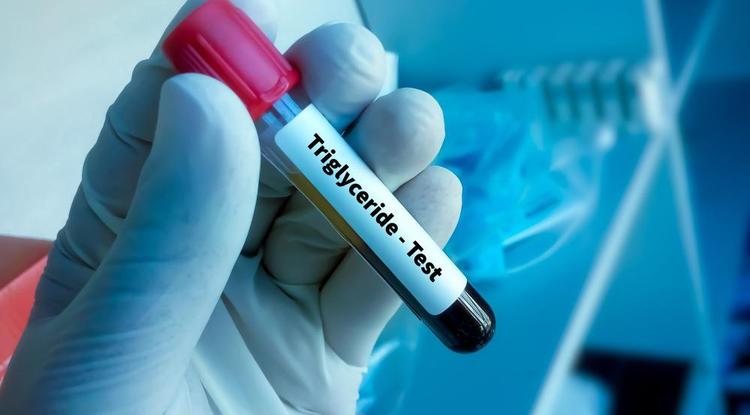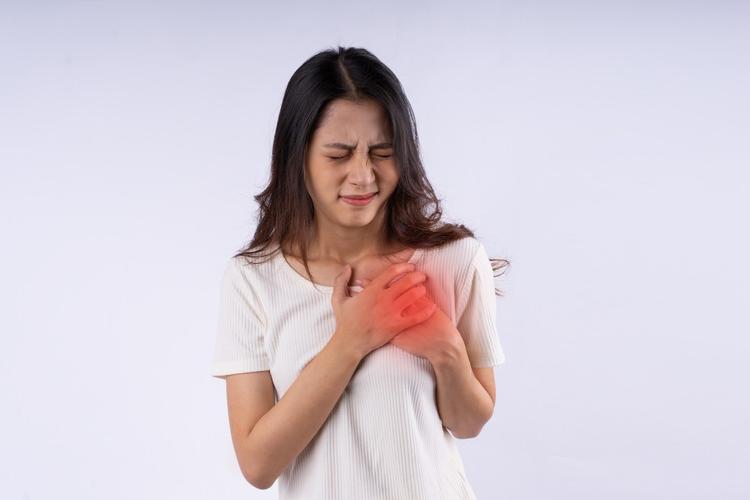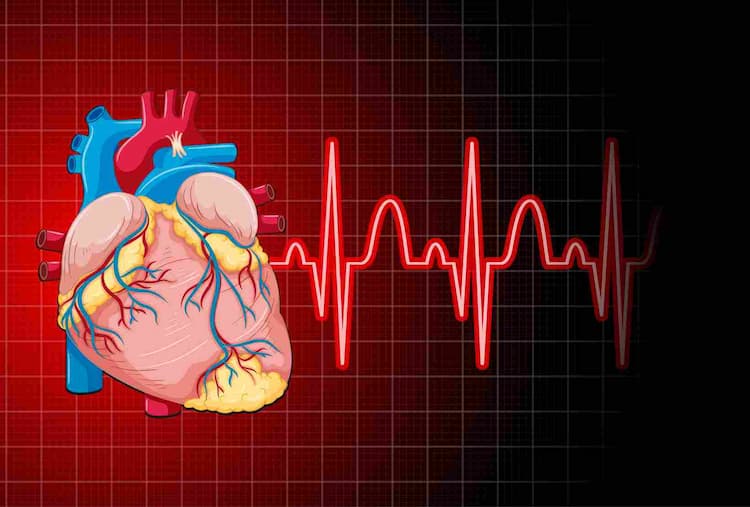Types of Arteriosclerosis Cause Symptoms & Management with Early Diagnosis

Medically Reviewed By
Dr. Ragiinii Sharma
Written By Kirti Saxena
on Aug 16, 2023
Last Edit Made By Kirti Saxena
on Mar 17, 2024

Arteries are blood vessels that carry oxygen-rich blood from the heart to various body parts. Arteriosclerosis is a medical term that refers to the condition when a sticky substance called plaque builds up inside your arteries. Arteriosclerosis can have severe consequences for health, as reduced blood flow to vital organs such as the heart, brain, and kidneys can lead to various health problems. You might not feel symptoms until it causes severe health issues like heart attack, thrombosis, strokes, kidney damage, and peripheral artery disease (PAD).
However, taking preventive measures like a healthy lifestyle, a balanced diet, and physical activity can help manage blood pressure, cholesterol levels and reduce the risk and impact of arteriosclerosis. Here in this blog, we will discuss the arteriosclerosis symptoms, causes, and management tips.
Types of Arteriosclerosis
Several types of arteriosclerosis can cause various disorders if not treated properly. These include:
1. Atherosclerosis:
- Causes: It is primarily caused by the accumulation of cholesterol, fatty deposits (plaques), and inflammatory cells within the arteries' inner layers. These plaques can narrow and harden arteries over time.
- Symptoms: Atherosclerosis can lead to various symptoms depending on the affected arteries. It may cause angina (chest pain), heart attack, stroke, or peripheral artery disease (PAD), leading to leg pain while walking.
- Management: Early diagnosis is crucial to manage atherosclerosis. Lifestyle changes like a healthy diet, regular exercise, smoking cessation, and controlling blood pressure and cholesterol levels are key. Certain medications may help to manage the risk factors. In some cases, procedures like angioplasty or bypass surgery might be necessary.
2. Monckeberg's Arteriosclerosis:
- Causes: Monckeberg's arteriosclerosis is caused by calcium deposits in the middle layer of arteries, usually in smaller arteries. The exact cause is unclear, but it's often associated with aging and diabetes.
- Symptoms: This type of arteriosclerosis may not cause any noticeable symptoms.
- Management: Treatment primarily focuses on managing symptoms and conditions like diabetes. Monitoring blood pressure, cholesterol levels, and cardiovascular health is essential.
3. Arteriolosclerosis:
- Causes: Arteriolosclerosis is the narrowing and thickening of small arteries and arterioles. It can be classified as hyaline or hyperplastic. Hyaline arteriolosclerosis is often associated with conditions like hypertension and diabetes, while hyperplastic arteriolosclerosis is more severe and can be linked to malignant hypertension.
- Symptoms: Arteriolosclerosis can cause high blood pressure and sometimes lead to kidney damage or stroke.
- Management: Management involves controlling the health conditions such as hypertension and diabetes. Medications for lowering blood pressure or managing blood sugar levels can help to manage this.
What are the symptoms of Arteriosclerosis?
You might not experience any symptoms until it becomes severe. During this condition, the artery becomes narrowed or clogged and unable to supply blood to organs and tissues. Here are some common symptoms associated with different types of arteriosclerosis:
- Confusion or difficulty talking or understanding others
- Severe headache
- Fatigue
- Vision problems
- Weakness or numbness
- Dizziness
- Weight loss
- Lack of coordination
- lightheadedness
- Shortness of breath
- Nausea or vomiting
- Cold sweat
- Chest discomfort
What are the leading causes of atherosclerosis?
Here are some common factors and causes associated with different types of arteriosclerosis:
- High Cholesterol: High LDL (low-density lipoprotein) cholesterol, or "bad cholesterol," can lead to plaque formation.
- Inflammation: Chronic inflammation can cause the progression of plaques in the arterial walls.
- High Blood Pressure: Hypertension can damage the inner lining of arteries, making it easier for cholesterol and other substances to accumulate.
- Smoking: Smoking damages blood vessels and promotes inflammation, making it easier for plaques to form.
- Diabetes: High blood sugar levels can damage blood vessels and form plaque.
Who is at risk of Arteriosclerosis?
While the causes of different types of arteriosclerosis may vary, many risk factors are common across these conditions. These risk factors include:
- Increased age
- Family history
- Unhealthy Diet
- Lack of Physical Activity
- Obesity
- Smoking and drinking habits
- High Blood Pressure
- Diabetes
- Chronic kidney disease.
- High cholesterol.
However, managing the risk through lifestyle changes, early diagnosis, and medical treatments can help prevent or slow down the impact of arteriosclerosis.
Types of arteries affected by arteriosclerosis
Arteriosclerosis can affect various arteries throughout the body. The arteries most commonly affected are those that supply vital organs and tissues. Here are some of the different arteries that can be affected by arteriosclerosis:
- Coronary Arteries: Arteriosclerosis May leads to coronary artery disease (CAD), which is a significant cause of heart diseases like angina (chest pain), heart attacks (myocardial infarctions), and heart failure.
- Carotid Arteries: Arteriosclerosis in the carotid arteries that supply blood to the brain can lead to a higher risk of stroke.
- Aorta: The largest artery in the body, it can be affected by arteriosclerosis and cause aortic aneurysms or aortic dissections.
- Peripheral Arteries: Arteriosclerosis in the peripheral arteries, which supply blood to the limbs, can lead to peripheral artery disease (PAD). This can cause pain, numbness, and difficulty walking, particularly during physical activity.
- Renal Arteries: The renal arteries transport blood to the kidneys. Arteriosclerosis in these arteries may lead to renal artery stenosis, which can cause high blood pressure and kidney dysfunction.
- Mesenteric Arteries: These arteries supply blood to the intestines. Arteriosclerosis in the mesenteric arteries can lead to mesenteric ischemia, causing abdominal pain after eating.
- Iliac and Femoral Arteries: Arteriosclerosis in the iliac and femoral arteries can cause decreased blood flow to the legs, resulting in leg pain during physical activity, wounds that heal slowly, and an increased risk of infections.
- Cerebral Arteries: Arteriosclerosis in cerebral arteries that supply blood to the brain can lead to cognitive impairment, memory issues, and an increased risk of vascular dementia.
Test to diagnose Arteriosclerosis
There are various ways to diagnose arteriosclerosis by physical examination, checking symptoms, and recommending tests. Here are a few tests to confirm arteriosclerosis:
How can you reduce the risk of arteriosclerosis?
Managing arteriosclerosis involves lifestyle changes, medical treatment, and regular testing. Here are some tips to help manage arteriosclerosis and reduce its impact on your heart health:
- Healthy Diet: Take a balanced diet rich in fruits, vegetables, whole grains, lean proteins, and healthy fats. Limit saturated and trans fats and choose unsaturated fats like olive oil and nuts.
- Maintain a Healthy Weight: Aim for a healthy weight through healthy eating and regular physical activity.
- Regular Physical Activity: Try to do exercise regularly, such as brisk walking, cycling, swimming, or dancing.
- Quit smoking: If you smoke, quitting can slow down the progression of arteriosclerosis and reduce the risk of health complications.
- Control Blood Pressure and cholesterol: If you have hypertension or high cholesterol levels, consult your doctor to manage it through lifestyle changes and medications if necessary.
- Reduce Stress: Practice stress-reduction techniques such as meditation, deep breathing, yoga, or spending time in nature.
- Manage Diabetes: If you have diabetes, following a diabetes management plan can help reduce the risk of arteriosclerosis.
If you think that you have arteriosclerosis, you must consult your doctor. Early prevention can help to control the symptoms. Remember that managing arteriosclerosis requires a long-term commitment to making healthy choices and adhering to medical recommendations.
Can Arteriosclerosis be treated?
Arteriosclerosis can develop silently without causing noticeable symptoms until a significant blockage or damage occurs. If you experience chest pain, sudden weakness, numbness, difficulty speaking, or severe leg pain, especially during physical activity, seek medical help from your healthcare providers. Take regular testing to identify health concerns. Early diagnosis and intervention can help manage the condition and prevent complications.



